One Minute Practice: Present Moment Awareness
Roasting, boiling, baking. One might use these words if they are providing cooking instructions. For those who live in the Northern Hemisphere, these might also be some words you are using to describe your current relationship with the weather. Maybe even adjectives for your internal atmosphere.
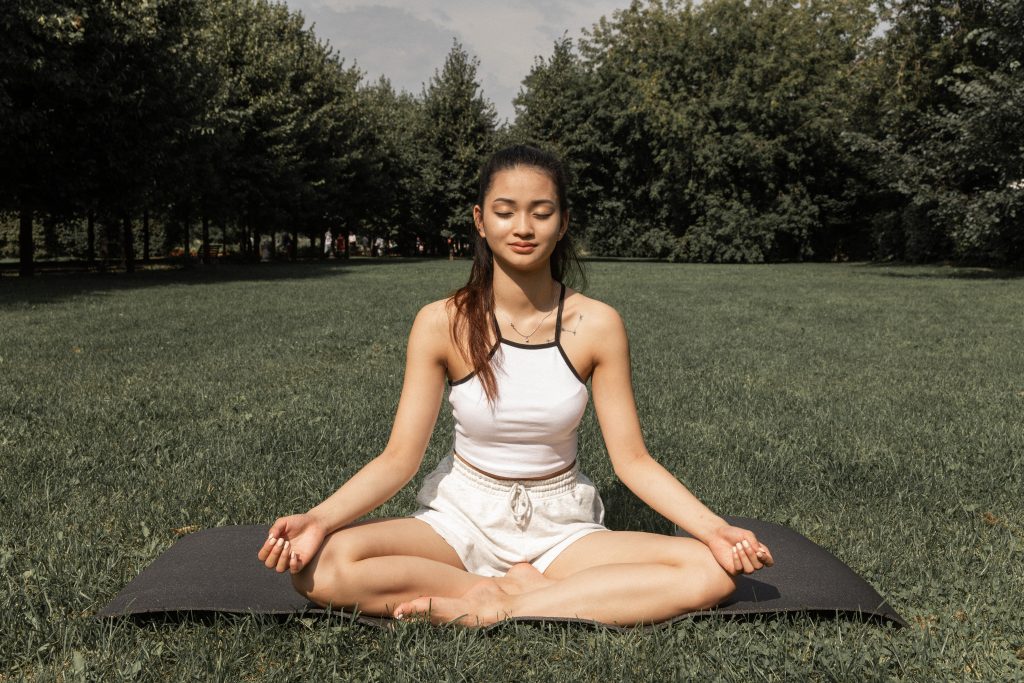
For some, summer signifies increasing daylight. While others, summer indicates an excess of heat. Between last issue and now, perhaps you have been practicing how to maintain an awareness of and appreciation for the strengths gleaned in darkness, while simultaneously allowing the lengthening of days to unfold in a way that is calm, reflective and appreciative of what is present now. What did you learn in winter that can serve you now? Beauty in breath? Beauty in darkness? Beauty in coolness?
Between now and June 21, for those in the Northern Hemisphere, days will continue to lengthen. Heat will increase. The digestive fire will burn. And muscles will contract. Although we must not forget the importance of the cool, the rest, and the relaxation.
As I introduced in the previous article, the month of March can evoke bodily rhythmic awareness. For respiratory, digestive, muscular or cardiac system, or any other bodily function – you may be feeling the heat. A balance of the fire is necessary.
In what ways can you locate spaces, in June and among the continually unfolding hot Summer days, where the appreciation of coolness you cultivated in winter may gently breeze in? Neurologically, the exhale induces the brain to relax and feel calm.
I invite readers to consider finding spaces where you can allow your breath to exhale. How might you channel the winter of the breath to serve you in summer?
Let’s engage in a 1-minute practice of honoring the internal fire and welcome a cool breeze.
Where you are right in this moment is the perfect place to practice. You have everything you need.
1. Locate the breath: say, “Hello breath. Thank you for respirating today.”
2. Create a comfortable breeze: Tune into the coolness of the exhale.
3. Discover the coolness within: Focusing on the exhale creates a lowered body temperature.
4. Carry your awareness: Maintain an awareness of coolness.
Repeat steps one through four.
Dr. Adrienne Ione is a cognitive behavioral therapist and personal trainer who integrates these fields in support of people thriving across the lifespan. As a pro-aging advocate, she specializes in the self-compassion of dementia.
Website: yes2aging.com
Guided Meditations: insighttimer.com/adrienneIone
Facebook: silverliningsintegrativehealth

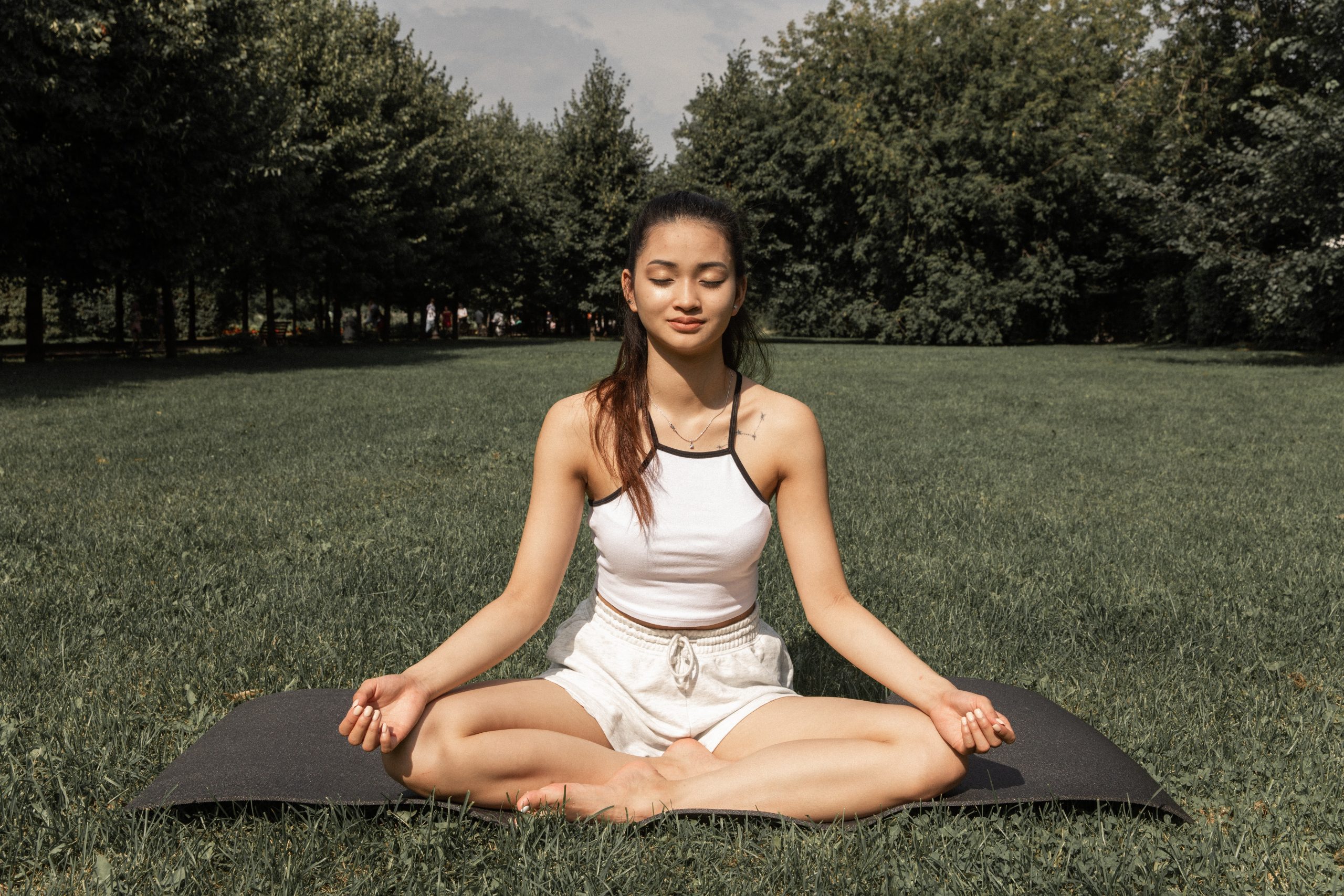

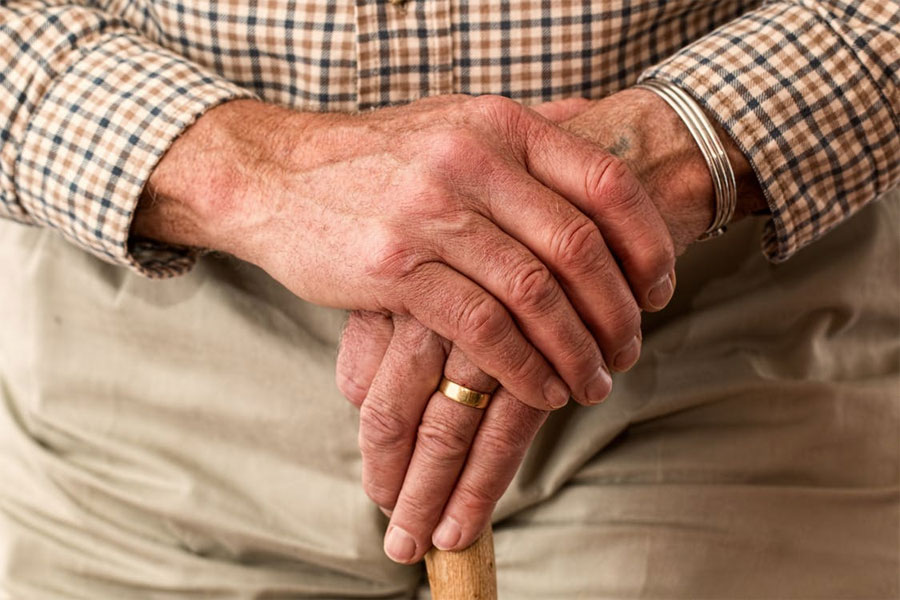
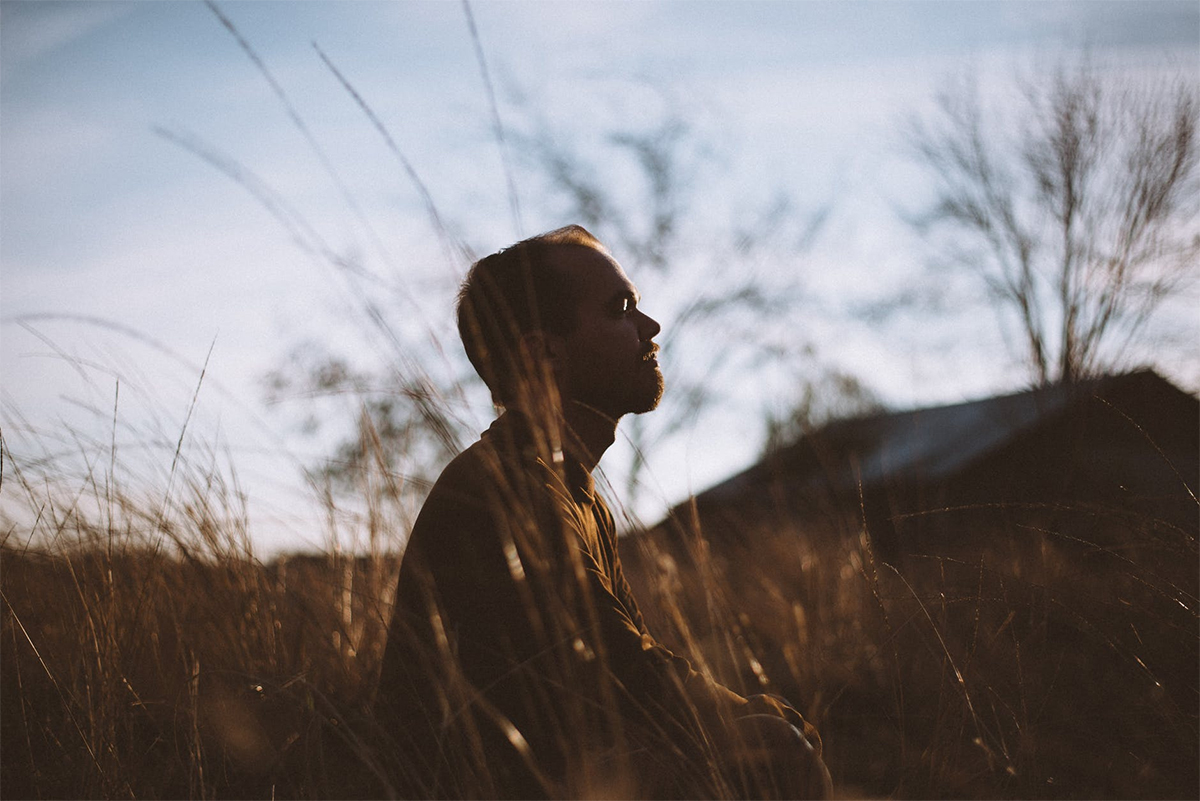
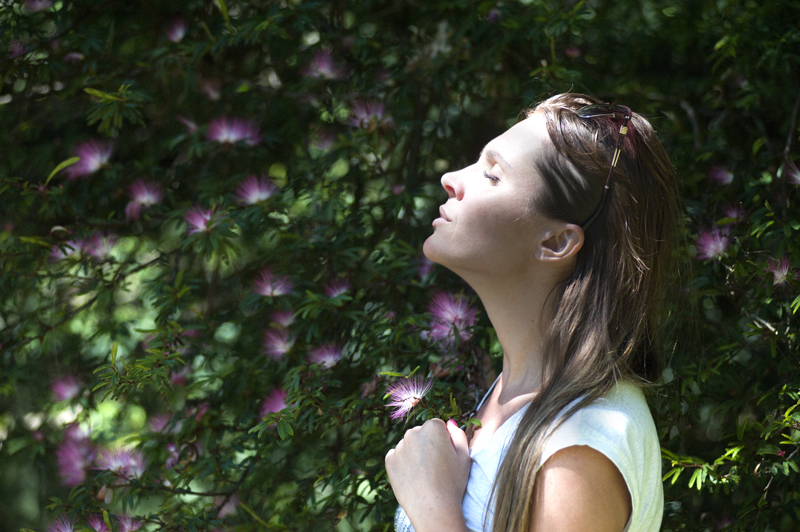
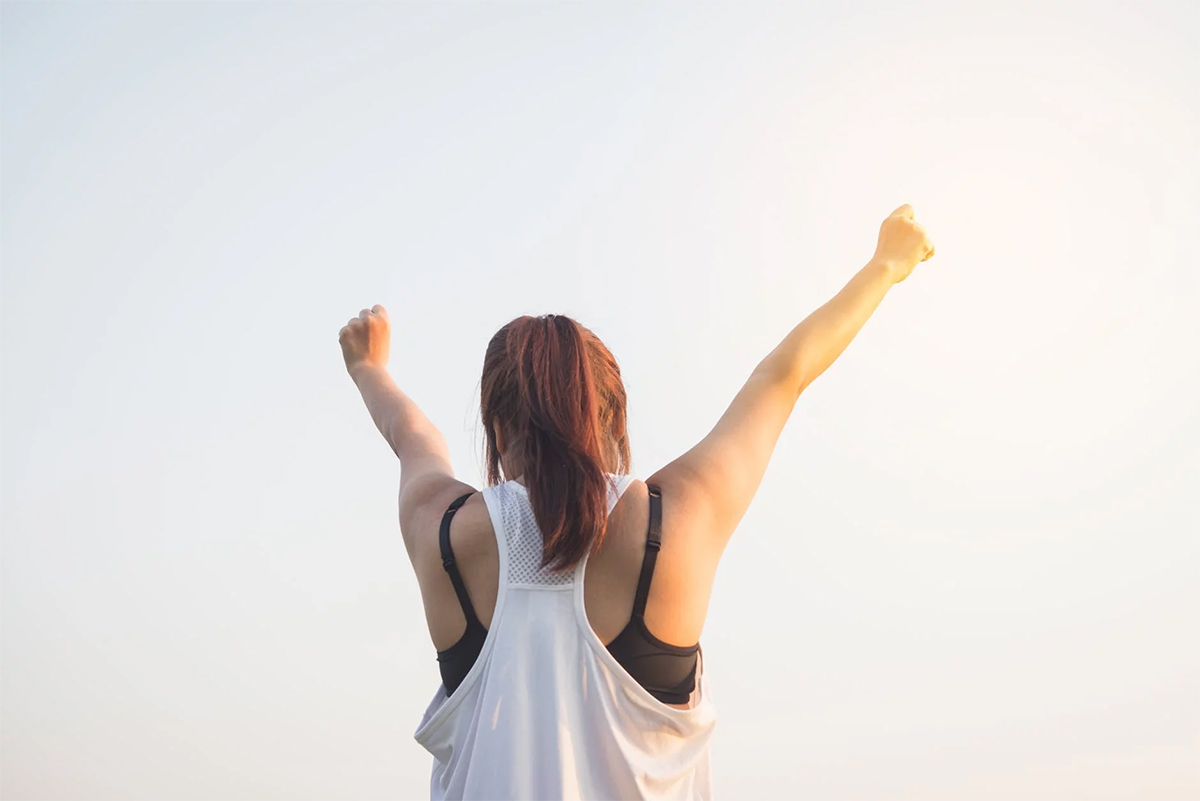
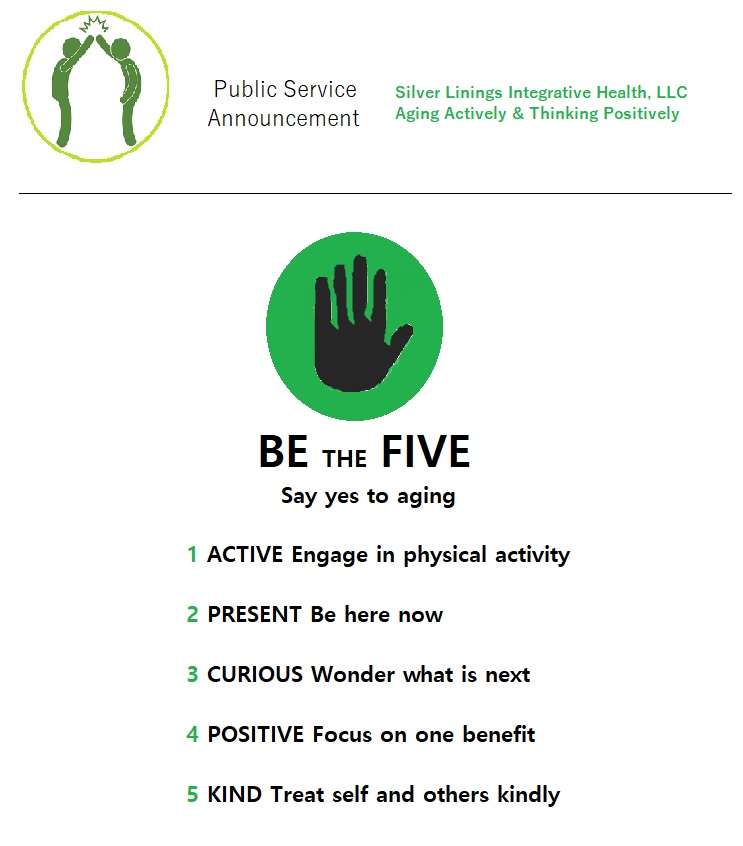

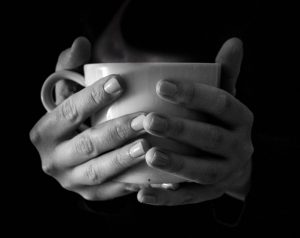
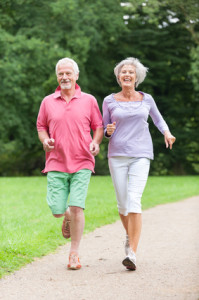 Embedded in these still comments, intended to be compliments, are platitudes served on silver platters. Sure, they appear nice and clean and friendly, yet under the shiny shellacked surface is a sharp jab. What are we saying when we say someone is still capable of completing activities of daily living? Perhaps a round of applause that they are seemingly independent. Why then is inter dependence not congratulated? As a species is there truly anyone who is fully independent? We all rely on someone to some extent. Taking a look across the life span, we can see a continual push to be independent. If we say, “She’s 47 and she still lives alone,” then this begs questions of “What’s wrong with her?” or simply, “Why?” However, the script and responses are very different if we say, “She’s 97 and she still lives alone.” Often, the question then becomes, “Oh, what is she doing right?” With an implied, “If I take similar measures then I too will live to be that age and be
Embedded in these still comments, intended to be compliments, are platitudes served on silver platters. Sure, they appear nice and clean and friendly, yet under the shiny shellacked surface is a sharp jab. What are we saying when we say someone is still capable of completing activities of daily living? Perhaps a round of applause that they are seemingly independent. Why then is inter dependence not congratulated? As a species is there truly anyone who is fully independent? We all rely on someone to some extent. Taking a look across the life span, we can see a continual push to be independent. If we say, “She’s 47 and she still lives alone,” then this begs questions of “What’s wrong with her?” or simply, “Why?” However, the script and responses are very different if we say, “She’s 97 and she still lives alone.” Often, the question then becomes, “Oh, what is she doing right?” With an implied, “If I take similar measures then I too will live to be that age and be 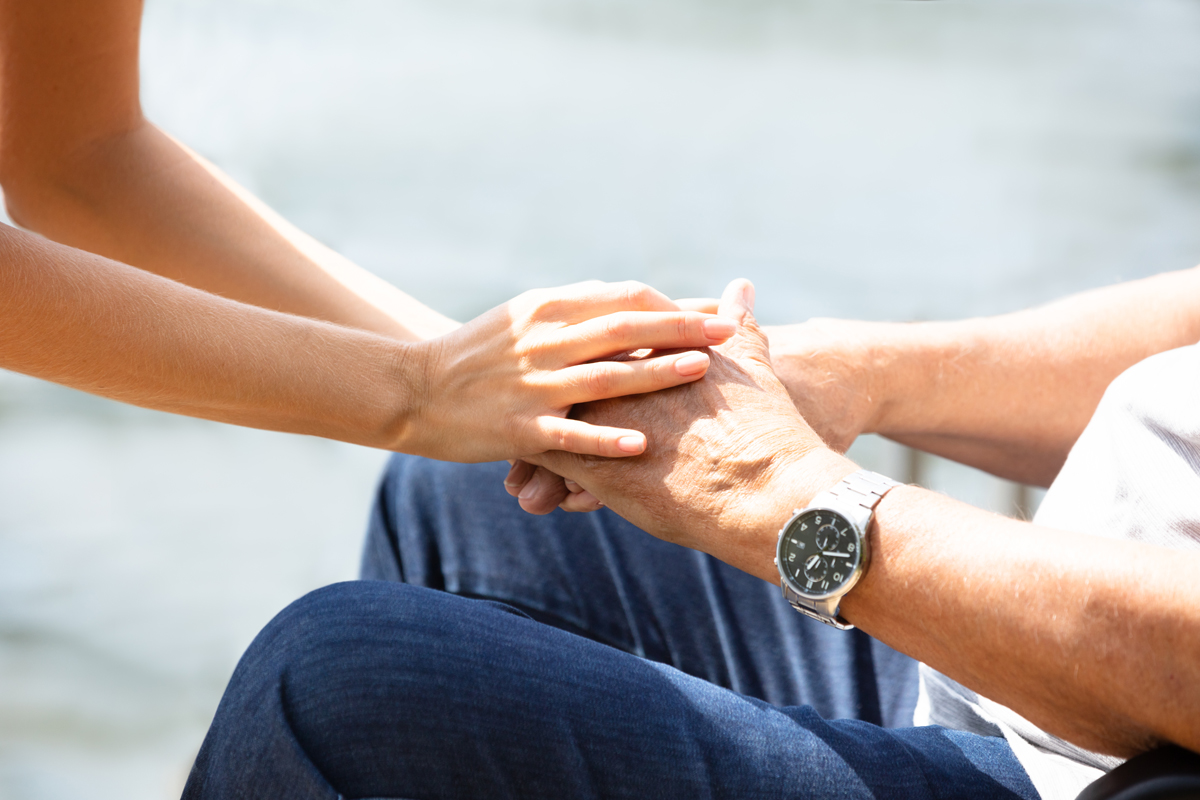
 You are having dinner with a friend and notice a softball-sized protrusion on the left side of your friend’s head. Do you inquire about your observation? Maybe you make jokes? Or, perhaps you choose to remain silent.
You are having dinner with a friend and notice a softball-sized protrusion on the left side of your friend’s head. Do you inquire about your observation? Maybe you make jokes? Or, perhaps you choose to remain silent.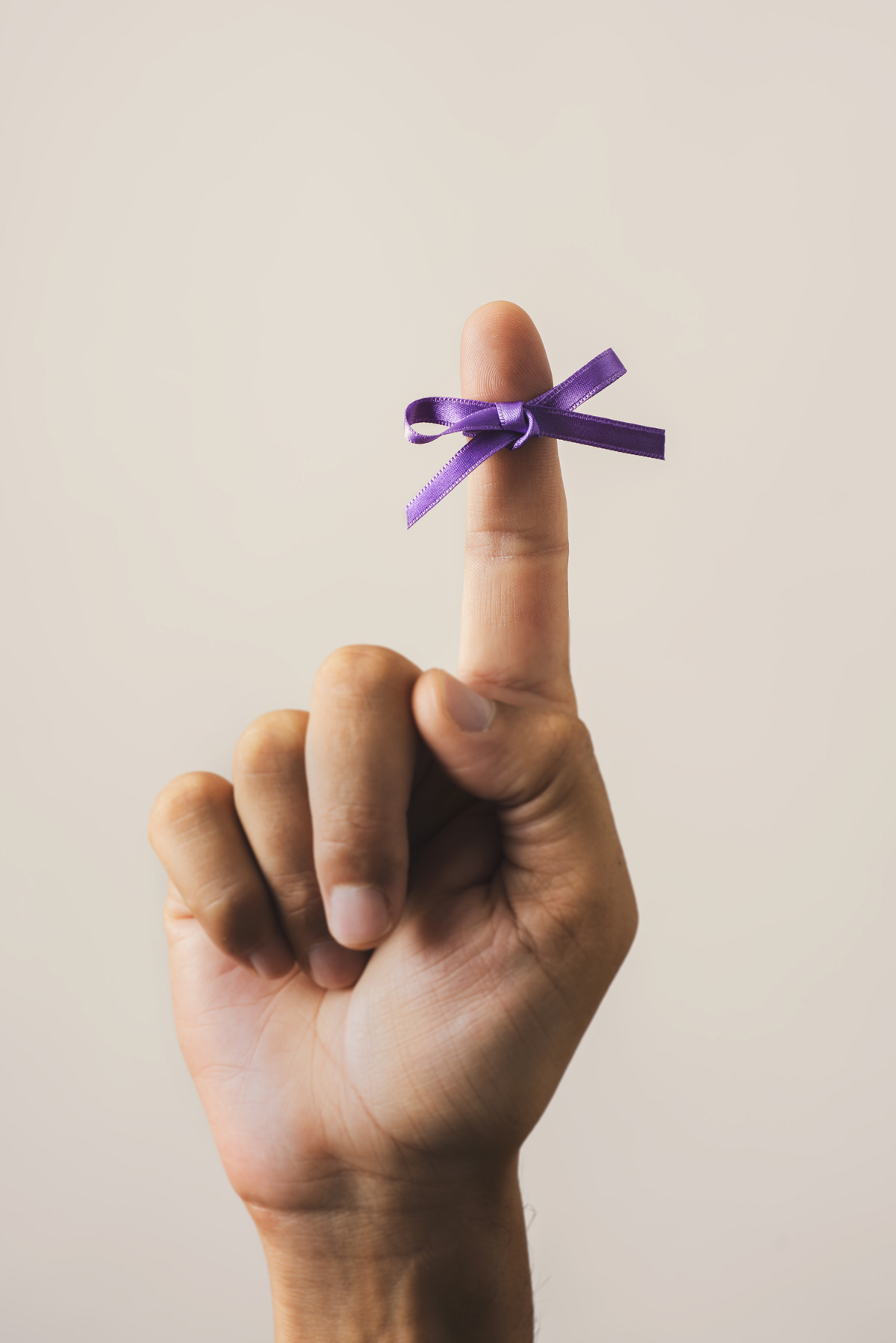
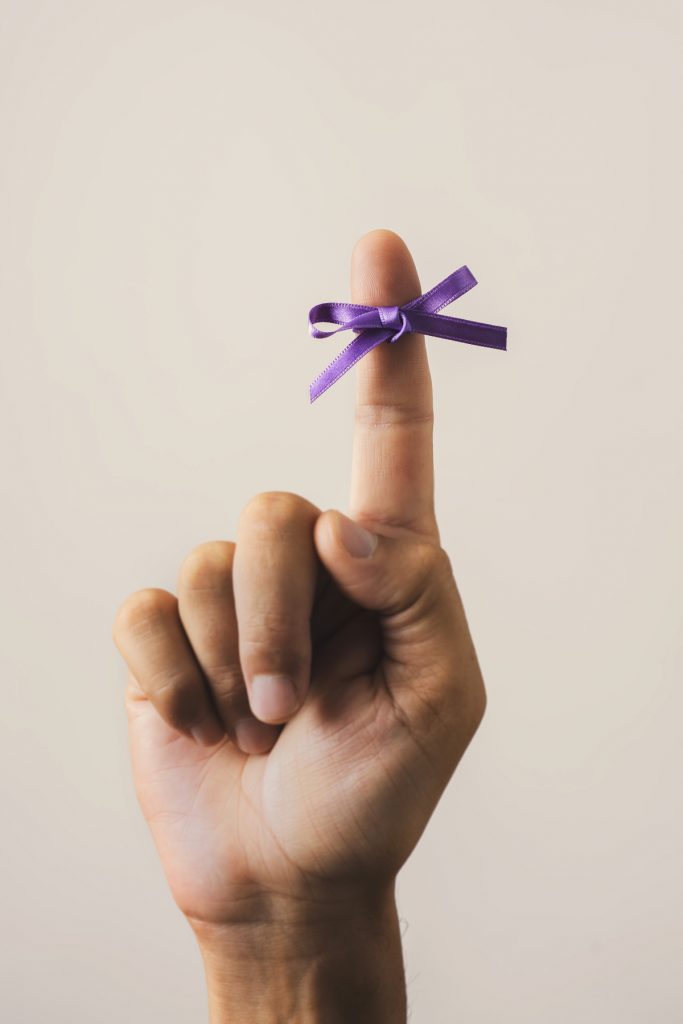 When you are organizing an event, say, the Tacoma South Sound Alzheimer’s Walk, there can be an illusion that all moving parts are in your control, leaving you thinking: this event will be successful/fantastic/memorable (insert your favorite adjective here) so long as I check off all items on my to-do list.
When you are organizing an event, say, the Tacoma South Sound Alzheimer’s Walk, there can be an illusion that all moving parts are in your control, leaving you thinking: this event will be successful/fantastic/memorable (insert your favorite adjective here) so long as I check off all items on my to-do list.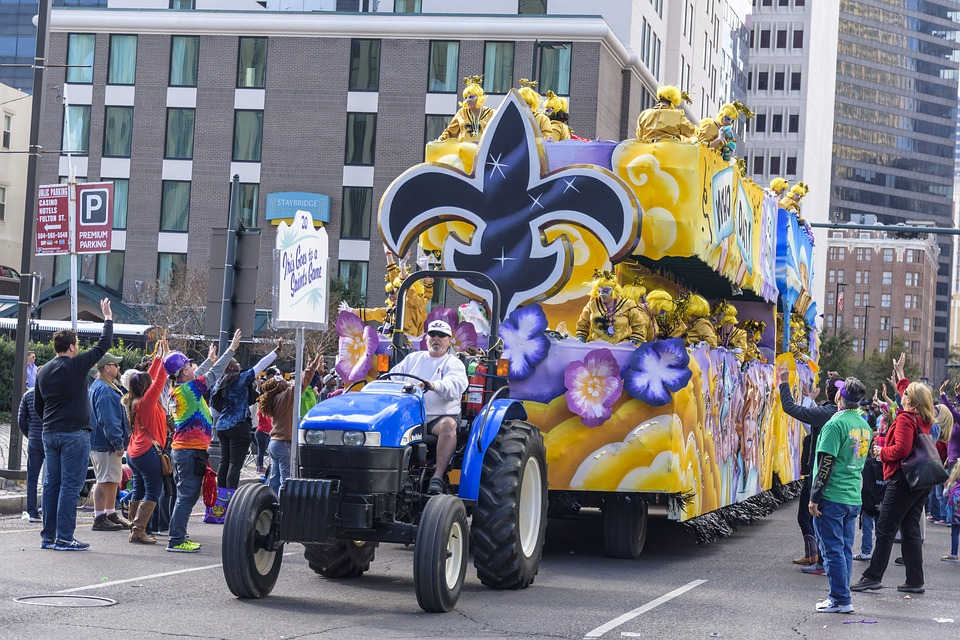
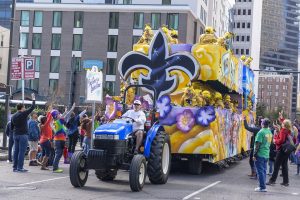 More than 100 years ago, floats began parading along New Orleans’ streets – from the Krewe of Alla to the Krewe of Zulu – as a way to entice business men to establish roots in the city and bring wealth to an area affected by the Civil War. The annual celebration is a carnival full of festivities. Another aim is to bring awareness to social justice issues such as black lives, sexual liberation and female empowerment.
More than 100 years ago, floats began parading along New Orleans’ streets – from the Krewe of Alla to the Krewe of Zulu – as a way to entice business men to establish roots in the city and bring wealth to an area affected by the Civil War. The annual celebration is a carnival full of festivities. Another aim is to bring awareness to social justice issues such as black lives, sexual liberation and female empowerment.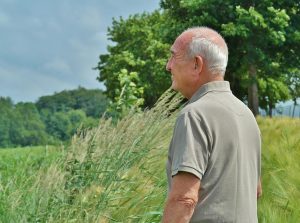 Our orientation to the world, one that directly informs our own and others’ identity, could shift away from a diseased medical model and toward a mindfulness-based construct of old age.
Our orientation to the world, one that directly informs our own and others’ identity, could shift away from a diseased medical model and toward a mindfulness-based construct of old age.